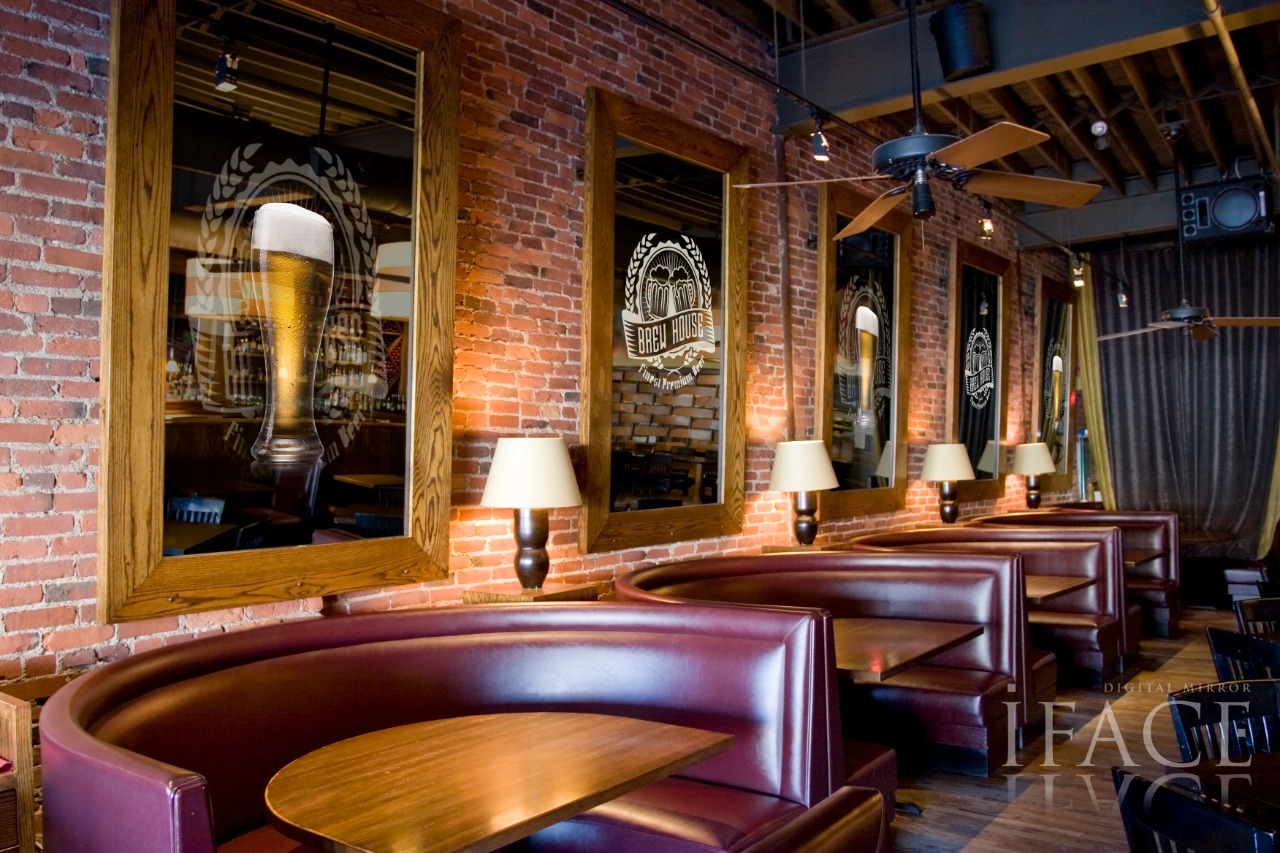Jarábik Barbara: What Are Luxury Brands? A luxury brand is a label or trademark associated with high-end, expensive products. Luxury goods and services are often perceived as exclusive, and they command a premium price point. Although the definition of luxury varies from person to person, luxury brands are generally associated with a certain lifestyle or set of values. For example, a luxury car might be seen as a status symbol, while a luxury watch might be seen as a sign of success. After all, their customers expect nothing but the best, and they’re not afraid to spend money to get it. So what’s the key to a successful luxury marketing strategy? We’ll take a look at some of the most important factors here.

Create the clubhouse effect: A product isn’t luxurious if everyone has access to it. That’s why every luxury brand has an aura of exclusivity and rarity. I like to call it the clubhouse effect. If you can’t drop $2,000 on a purse, you’re not in the clubhouse. If you don’t own the $125,000 BMW, you’re not in the clubhouse. You get the point. You can create this effect by using rare materials, creating a limited amount of inventory, or only catering towards a very specific target audience. Have you ever seen those Yeezy sneakers everyone is going crazy about right now? They are the perfect example.
For luxury brands, the Internet does not represent wider distribution of actual products. It’s a wider distribution of the content that evokes the desire to buy luxury products. Translated to the offline world, effective digital marketing is like running more advertisements on buses, or more TV ads, or having more stores in Central London. Exclusivity can be created online through private member groups, concierge services, or digitally-delivered loyalty perks that are reserved specifically for previous customers.
The first, and easiest, strategy for marketing your luxury brand is classic “addition by subtraction.” You’re probably already incorporating negative keywords into your optimization routine, but did you know you can save time by uploading them at the account level? Account-level negative keywords are a simple addition to your AdWords efforts; all you need is a CSV file loaded with negative keywords. From there, you simply upload the file in the Bulk Upload tab of the Shared Library and then apply it to as many campaigns as you’d like. Doing so has a handful of benefits, but the most important for marketing luxury goods and services is the ability to weed out unqualified traffic.

While I appreciate the need for stylistic design, luxury brands need to invest in websites that are also intuitive and well desgined from a user experience perspective. Aston Martin and Versace are both great examples of what luxury brands should be doing with their websites. Their websites are visually stunning, while very easy to use, and highly functional. In his book ‘Start With Why’, Simon Sinek explains how great marketing starts by explaining why they exist. Despite this, the majority of brands still market their products by explaining what they do. Take Apple for example. Here’s a paraphrased excerpt of how apple communicate with their customers. Read additional details on Barbara Jarabik.
Digital signage mirrors are another way for luxury brands to advertise efficiently : The entire digital signage mirrors market was estimated at USD 780 million in 2021. The global market is expected to grow at a CAGR of 12.21% to hit USD 910 million by 2023. Digital signage mirrors can greatly increase individual efficiency by choosing outfits as per weather updates while also offering bus and train schedules (including traffic updates). Digital signage mirrors in smart homes, planes, commercial spaces, hotels, etc. are designed to be connected to users as well as with different devices around. Energy efficiency is one of the major advantages that will drive the adoption of digital signage mirrors.